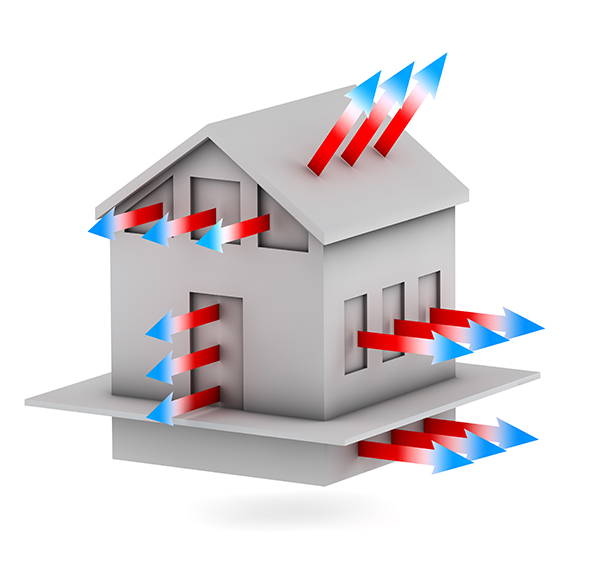It’s not hard to start saving energy (and money) around the home with a few simple changes. They are not difficult, or time consuming. And by implementing a few of the following tips, you can help lower your energy costs.
The simplest steps, like installing low-flow showerheads or getting yearly tune-ups on your furnace, can result in a tremendous amount of energy savings. Saving energy equates to saving money.
Whether selecting glass packages for windows that reduce penetration of harmful ultraviolet (UV) rays into the home or simply sealing up cracks where air can leak in and out of the home, there are a number of ways you can your energy knowledge and awareness. Here are some tips for saving energy in and around the home:
 Examine your windows. Make sure they’re doing their part to help insulate your home. Check for hot and cold spots or drafty areas inside your home near windows, which can indicate energy loss. Gaps and spaces can generally be easily filled, greatly reducing any energy loss.
Examine your windows. Make sure they’re doing their part to help insulate your home. Check for hot and cold spots or drafty areas inside your home near windows, which can indicate energy loss. Gaps and spaces can generally be easily filled, greatly reducing any energy loss.
- Insulate and winterize all exterior outlets and spigots. Not many consider that exterior outlets and spigots allow cold temperatures to penetrate exterior walls.
- Fully load your dishwasher before starting a wash cycle. Select the shortest cycle and allow your dishes to air dry instead of using your dishwasher’s heated drying option.
- Shop for ENERGY STAR® compliant products. From refrigerators to hair dryers to windows and doors, products displaying the ENERGY STAR label have been tested with energy efficiency in mind. For example, ENERGY STAR labeled lighting products use up to 75 percent less energy than standard lighting.
- Seal up any little cracks or gaps where air can leak into your home. Many experts believe the average home has enough of these small holes to equal one three-foot by three-foot opening.
- Wrap your hot water heater in an insulating blanket. It helps keep the water in the tank warmer, which means the hot water heater turns on less often.




 Let us inspect your roof's condition, repair damaged shingles, reseal flashings, replace plumbing boots, re-caulk exposed nailheads or staples, and more!
Let us inspect your roof's condition, repair damaged shingles, reseal flashings, replace plumbing boots, re-caulk exposed nailheads or staples, and more!
 Addison,
Addison,